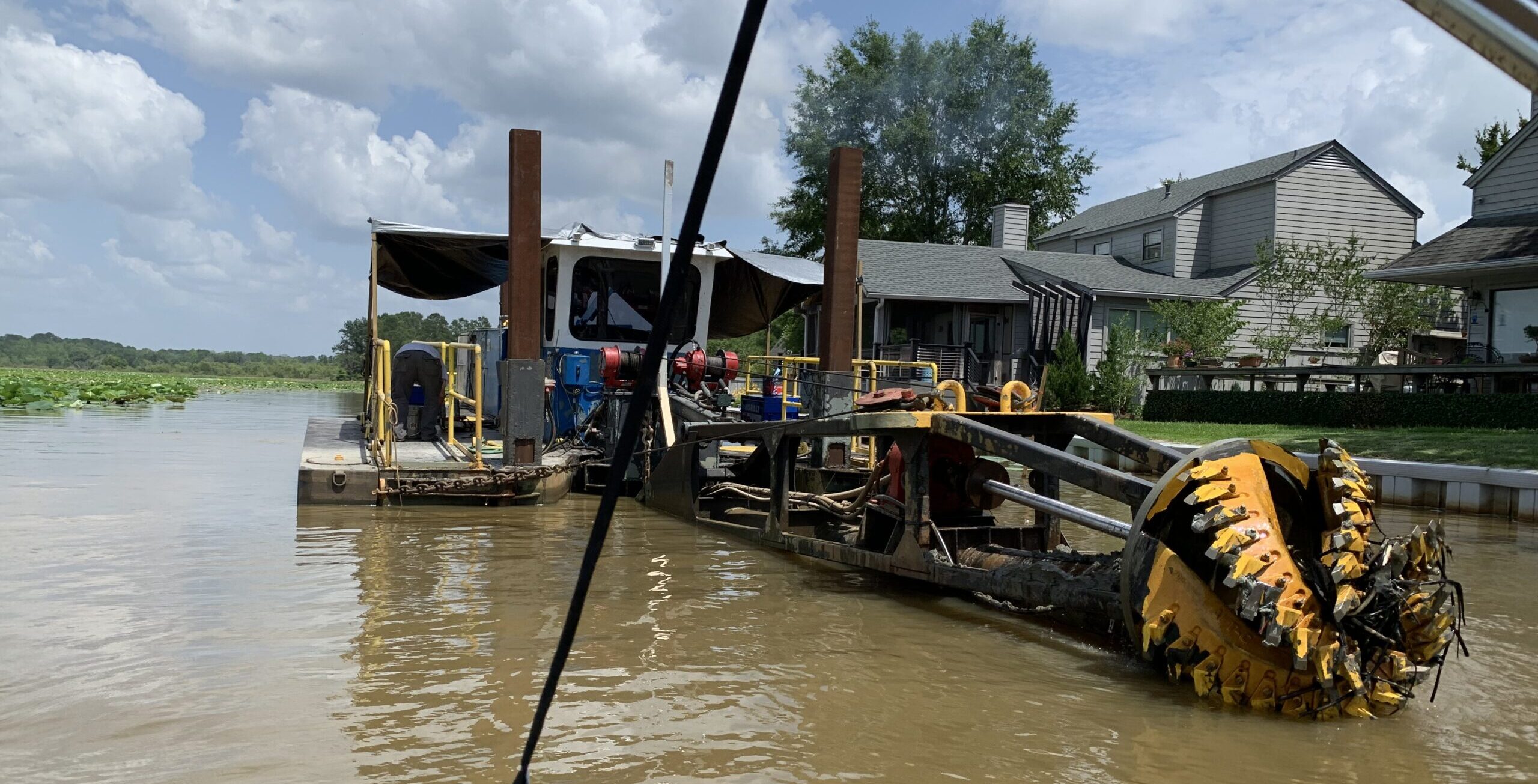Environmental Impact
Dredging is a critical process in maintaining waterways, harbors, and ports, involving the removal of sediments and debris from the bottom of lakes, rivers, harbors, and other water bodies. However, this process is fraught with challenges that must be carefully managed to ensure its success and minimize its impact on the environment. In this article, we will explore the various challenges faced in dredging projects for sediment removal and discuss how dredged sediment is relocated through a process known as nearshore placement.
One of the primary challenges in dredging projects is the potential environmental impact. The disturbance of the seabed can release pollutants trapped in the sediment, such as heavy metals, pesticides, and other toxic substances, into the water column. This can have detrimental effects on aquatic life, including fish, plants, and microorganisms. Additionally, the resuspension of sediments can lead to increased turbidity, reducing light penetration and affecting photosynthesis in aquatic plants.
Regulatory Compliance
Dredging projects are subject to stringent regulations aimed at protecting the environment and ensuring public safety. Compliance with these regulations, which may vary from region to region, requires careful planning and monitoring. Permits are often required, and the project must adhere to specific guidelines regarding the timing, methods, and disposal of dredged materials. Navigating these regulatory requirements can be complex and time-consuming.
Sediment Characterization
Before dredging can begin, the sediment must be thoroughly characterized to determine its composition and potential for contamination. This involves sampling and testing the sediment to identify any hazardous substances. The characterization of the sediment is crucial for determining the appropriate dredging method and disposal options. It also helps in assessing the potential environmental impact of the dredging operation.
Dredging Equipment Selection
The selection of appropriate dredging equipment is essential for the efficiency and effectiveness of the project. The choice of equipment depends on various factors, including the depth of the water body, the type of sediment, the quantity of material to be removed, and environmental considerations. Common types of dredging equipment include mechanical dredges, hydraulic dredges, and suction dredges, each with its advantages and limitations.
Disposal of Dredged Material
The disposal of dredged material is a significant challenge in dredging projects. The material must be disposed of in a manner that is environmentally safe and complies with regulatory requirements. Options for disposal include land-based facilities, such as landfills or confined disposal facilities, and aquatic disposal sites, such as open-water placement or nearshore placement.
Nearshore Placement of Dredged Sediment
Nearshore placement is a method of relocating dredged sediment to areas close to the shoreline. This technique is often used for beach nourishment, coastal protection, and habitat restoration projects. The process involves transporting the dredged material from the dredging site to the nearshore area, where it is strategically placed to achieve the desired outcome.
Benefits of Nearshore Placement
Nearshore placement offers several benefits, including the restoration of eroded beaches, protection of coastal infrastructure, and creation of new habitats for marine life. By using the dredged material beneficially, this method reduces the need for disposal in landfills or other containment facilities.
Challenges in Nearshore Placement
Implementing nearshore placement presents its challenges. Careful planning is required to ensure that the placed material does not negatively impact the marine environment or interfere with coastal processes. The sediment must be suitable for the intended purpose, and its placement must be carefully monitored to ensure it remains stable and does not cause unintended consequences, such as increased erosion in adjacent areas.
Dredging projects for sediment removal are complex operations that require careful planning and execution to overcome the various challenges they present. Environmental impact, regulatory compliance, sediment characterization, equipment selection, and disposal of dredged material are among the key challenges faced in these projects. Nearshore placement offers a sustainable option for relocating dredged sediment, providing benefits for coastal protection and habitat restoration. However, this method also requires careful consideration to ensure its success and minimize its impact on the marine environment.
